Facts about the animal kingdom of Exotic invertebrae
Learn more about facts about the animal kingdom of exotic invertebrae by exploring our site and become a true expert on the animal kingdom. You'll find content created for the best professionals with pictures, videos and opinions.
83 articles
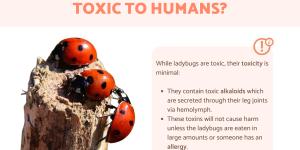
New
New
Ladybugs are toxic, but their ability to cause harm to humans is minimal. There are more than 6,000 individual insect spcies in the family Coccinellidae, the family to which all ladybugs belong. Also known as ladybirds, ladybugs are noted for their colorful forewings known as elytra. They are often red with black...
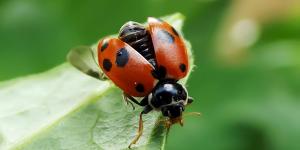
New
New
Ever had one of those cute, spotted ladybugs land on your finger and wondered if it could bite? The short answer is yes, but don't worry. While ladybugs do have tiny mouthparts capable of biting, they rarely break human skin and aren't interested in us as food. Their mandibles are designed for munching...
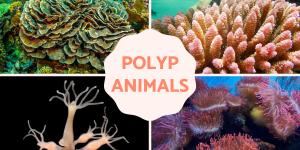
Found in the phylum Cnidaria, polyps are small organisms which are essential to marine ecosystems. They are cylindrical in shape and have tentacles, the latter they use for feeding and other behaviors. Almost all are sessile, being attached to certain substrates. It is for this reason they are so important to...

All types of jellyfish are fascinating animals. Some look like creatures you are more likely to find in a fantasy novel or sci-fi movie, but they are real animals and important members of their aquatic ecosystems. Belonging to the Cnidaria phylum, these gelatinous creatures have a great diversity of...

Over the course of millions of years, tarantulas have developed advanced hunting methods and a variety of dietary preferences as predators. Understanding what these arachnids eat, both in their natural habitats and in captivity, is crucial for appreciating their role in ecosystems and ensuring their...

Squids come in many shapes and sizes, from the Giant squid stretching 13 meters (43 feet) to the Pygmy squid barely reaching 2 centimeters (0.8 inches). These sea animals live in different parts of the ocean, each adapted to its own environment. Scientists keep learning new things about how squids live...
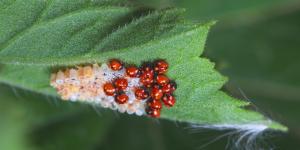
The Coccinellidae family, commonly known as ladybugs or ladybirds, includes over 6,000 species worldwide. These beetles have evolved diverse reproductive strategies that ensure their survival across varied environments. From their distinctive mating behaviors to their complex egg-laying patterns, ladybug...
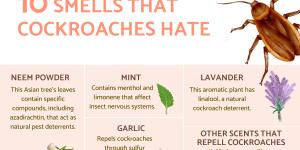
Cockroaches are among the most unwelcome pests, and getting rid of them can feel like an endless battle. But did you know that certain smells can naturally repel these resilient intruders? From common household ingredients to aromatic essential oils, these natural solutions are effective, safe, and chemical-free....
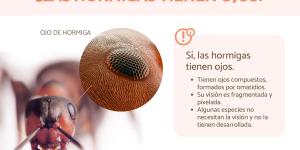
Ants are known for their incredible ability to source food and carry it long distances. If you have every seen one pick up some crumbs, you will have noticed they often seem to scurry about. Looking closely, you will see their antennae constantly moving to receive information from their environment....
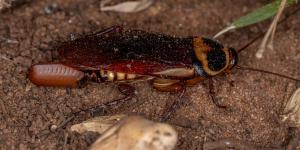
Cockroaches are notorious for their rapid reproduction, making them one of the most resilient and persistent pests worldwide. Their ability to multiply quickly stems from a combination of biological adaptations and survival mechanisms. Female cockroaches can produce large numbers of eggs in short time...
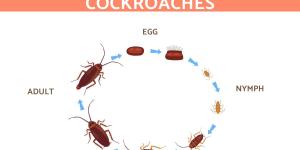
Cockroaches are among the most resilient and adaptable creatures on Earth, known for their ability to survive in a wide range of environments. While their presence is often unwelcome in homes and businesses, understanding the cockroach life cycle is crucial for effective pest control. Cockroaches go through...
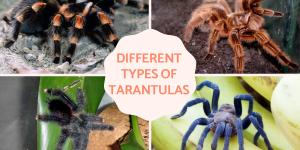
Tarantulas are types of spider of the family Theraphosidae which have certain defining characteristics. These include their size since they are some of the bulkiest spiders in terms of size and weight. There are spiders of other families which may have a larger leg span, but they will weigh less than...
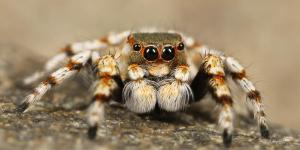
Tarantulas are often feared and misunderstood. Their large size and intimidating appearance can lead to the belief that they are highly dangerous. However, this is a common misconception. While tarantulas are venomous, their venom varies significantly between species, and many pose little to no threat to humans.
In...
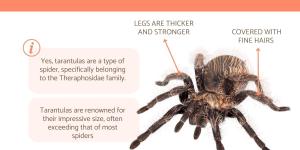
Spiders are a diverse group of arachnids, with over 40,000 known species displaying a vast array of sizes, behaviors, and adaptations. Although tarantulas are part of the spider family (Araneae), they are distinguished by their impressive size and robust build. In addition to their notable size, tarantulas...
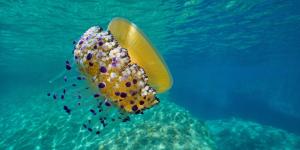
The ocean teems with a diverse array of life, including the mesmerizing -and feared- jellyfish. Among these gelatinous creatures, the fried egg jellyfish is instantly recognizable for its distinctive appearance. While their beauty is undeniable, a common concern for water enthusiasts is the potential...
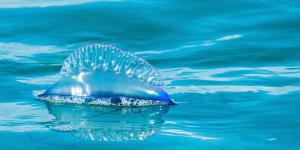
Also known as the man-o-war or bluebottle, the Portuguese man o' war (Physalia physalis) is a species of cnidarian. This means it is in the same taxonomic phylum as jellyfish, corals and sea anemones. Despite bearing similarities to jellyfish, these marine animals are actually hydrozoans. It is actually...
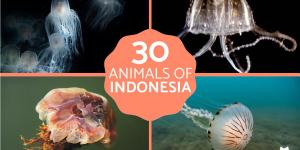
Jellyfish are captivating and diverse marine creatures that belong to the phylum Cnidaria, which also includes corals and sea anemones. Jellyfish are known for their unique stinging cells called cnidocytes, which contain venomous structures. While many species are harmless and pose little threat to humans,...

Crabs, with over 6,700 distinct species, are essential members of diverse ecosystems. They thrive in a remarkable range of habitats, some crabs are terrestrial while others are entirely aquatic. Additionally, their dietary needs vary greatly, with some acting as herbivores while others are carnivores. Unsurprisingly,...
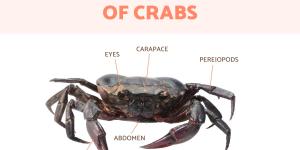
Crabs are crustaceans which mainly live in marine waters, although some are freshwater and a small number are mainly terrestrial. Despite their diverse habitats, they all share certain key physical features. These include an exoskeleton, stalked eyes, hard carapace and their famous pincer claws. Since they...

The silkworm moth (Bombyx mori), part of the Lepidoptera order, has been vital to human history due to its role in silk production. Its life cycle is also a fascinating example of adaptation. The key to the silkworm moth's success is its unique diet, which changes dramatically as it grows.
In this AnimalWised...

Scorpions are air-breathing arachnids related to spiders and mites. They are easily recognized by their narrow, segmented tail ending in a stinger. This stinger can inject venom to subdue or kill their prey, and in some species, it can be dangerous to humans. However, scorpions are usually not aggressive towards...
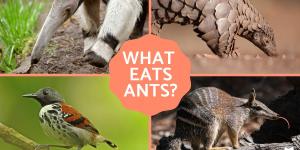
Predators that specialize in consuming ants play a crucial role in various ecosystems around the world. These predators, ranging from insects to mammals and even birds, have adapted unique strategies to hunt and consume ants, capitalizing on their abundance and often formidable defenses. Ants, known for...

Jellyfish, sometimes called sea jellies, are fascinating gelatinous animals that drift through the oceans. With their translucent bodies and pulsating bells, they might seem like simple creatures. But beneath their seemingly delicate exterior lies a fascinating array of specialized parts that allow them...

Jellyfish have a unique morphology, with a body that resembles few others in the animal kingdom. Despite this appearance, they carry out the same necessary functions and behaviors as all living things. They feed, reproduce and even respire. Respiration in jellyfish is possible thanks to their specially...
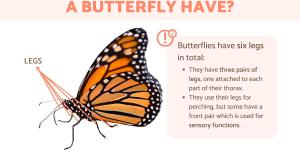
Like flies, mosquitoes or dung beetles, butterflies are insects. Unlike these other arthropods, butterflies are often seen as being separate due to their beautiful wings. We might swat a fly or squash a mosquito, but many of us will let a butterfly dance around us happily. Despite this difference in...
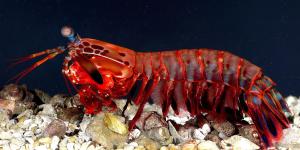
Have you ever wondered how a crab sheds its tough outer shell? This fascinating process, called molting, is essential for crustaceans like crabs, lobsters, and shrimp. It's essentially a growth strategy where the animal sheds its old, rigid outer covering to make way for a new, larger one.
This AnimalWised...
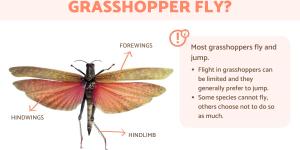
Grasshoppers are members of the order Orthoptera, the order which also contains crickets. The name of this order translates as ‘straight wings’, referencing the wing anatomy of this insect species. While their taxonomic name references flight, their common name points toward their other defining ability,...
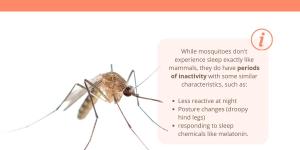
Mosquitoes are some of the most common and widespread insects on Earth. We encounter them flitting around gardens and sneaking into our homes, often associating them with sleepless nights due to their nocturnal activity. However, mosquitoes also exhibit periods of rest. Does this downtime translate to...

Ants are a family of insects known as Formicidae, themselves part of the order Hymenoptera. This order also includes bees and wasps, insects which are commonly known for their ability to sting. Ants share many similarities with other hymenopterans, including compound eyes and the presence of an ovipositor...
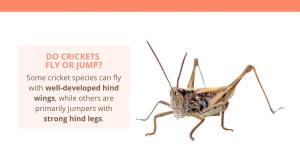
Crickets are fascinating creatures that chirp their way through fields and forests around the world. Beyond their romantic evening melodies, these insects are essential to the functioning of ecosystems. They are a vital source of food for many different animals as well as decomposers, aiding in the breakdown...
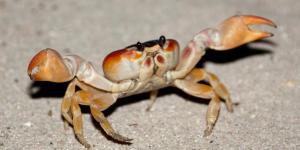
A casual glance at a crab on the beach might leave you scratching your head. Their hard shells, sideways shuffle, and grasping claws set them apart from most creatures we encounter. So, what kind of animal are they, truly? Moreover, how can creatures with such seemingly cumbersome forms thrive in environments...

Crickets are a type of insect within the order Orthoptera, a taxonomic group which also contains locusts, grasshoppers and wetas. Entomologists have differed over the classifications of these insects of the years. While it may be subject to change, crickets are currently grouped in the superfamily known...

The average lifespan of a grasshopper will depend on species, with some only living a few weeks and others up to 6 months. For the individual grasshopper, factors such as food availability and climate will influence their longevity. Grasshoppers are insects the order Orthoptera, specifically of the suborder...

Sporting unique anatomies and remarkable behaviors, crabs have conquered diverse environments from salty seas to freshwater lakes. This thriving group of crustaceans boasts an array of fascinating features, with their versatile legs playing a starring role. From powering movement and capturing prey to adapting...

Beetles reign supreme as the most diverse insect group on Earth, boasting over 350,000 identified species and likely millions more that remain undiscovered. It is no surprise that adaptability allows them to thrive in nearly every terrestrial habitat, from tropical rainforests to scorching deserts, frigid...

Whether a beetle can bite a human depends on the type of beetle. Since the order of beetles (Coleoptera) makes up around 40% of all insect species, this can seem difficult to determine. There are some generalizations we can make. Beetles have mouth parts which include mandibles used to break down various material....
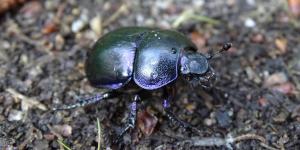
Beetle are insects and have six legs, as do all invertebrates in the class Insecta. Within this class can be found the order Coleoptera, commonly known as beetles. They are the largest order of all insects, being distinguished by a hard wing casing known as an elytron. Various types of beetles are known to...
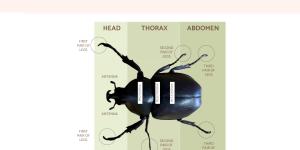
We can use a beetle's anatomy to distinguish them from other insects. Of the order Coleoptera, there are approximately 400,000 recognized beetle species, with more yet to be discovered. Since they are insects, there are certain anatomical similarities which are shared by all of these invertebrates. An example...

Silkworms belong to the order Lepidoptera, but it is important to know they are not actually worms. They are moths, but are most well known to us when they are in the larval stage. This is the stage during which they secrete proteins which harden into a filament that can be woven to form their pupae....

Cockroaches are often seen at night, scurrying away once we turn on a light. This doesn't mean we don't see them during the day, but cockroaches are mainly nocturnal animals. Belonging to the order Blattodea, the ancestors of these insects date back approximately 300 million years. Although they are mainly...
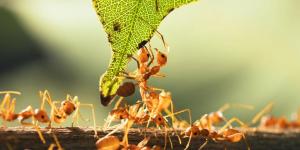
Effective communication is a cornerstone of survival in the animal kingdom. It fosters cooperation, alerts to impending threats, and maintains the integrity of social structures. From the intricate dances of bees to the haunting calls of whales, the diverse forms of communication showcase the remarkable...

Earthworm reproduction has allowed this native European species to have an almost global distribution. The earthworm (Lumbricus terrestris) is an annelid that is known to gardens as a beneficial animal. This is because they help to ensure soil is of a consistently high quality, largely due to their...

Ants, as industrious and social insects, play a crucial role in ecosystems worldwide. Their impact goes beyond natural habitats, influencing human activities. This article explores ant anatomy, shedding light on the mechanisms driving their behaviors, their roles within colonies, and their overall success...

Journey into the depths of the ocean and discover the diverse and fascinating world of octopuses. These remarkable creatures possess a unique combination of beauty and power, with their mesmerizing patterns, intriguing adaptations, and potent venom that serves as a formidable defense mechanism.
Join...

Although ants do have hearts, they do not pump blood around their body. This is because ants do not have blood. They have a fluid known as hemolymph which carries out a similar function. There are around 14,000 known species of ants, although there are likely many more to be discovered. They have a global distribution...
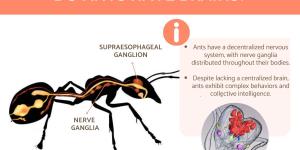
Contrary to the conventional image of a centralized brain, ants possess a unique neurological arrangement that empowers them to perform complex tasks and coordinate seamlessly within their colonies. Their decentralized nervous system, sophisticated communication, and collective decision-making processes...
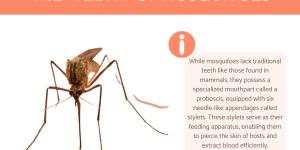
Teeth, in their various shapes and sizes, are nature's ingenious invention for processing food. They allow animals to tear, crush, and grind their meals, extracting vital nutrients for growth and energy. Mosquitoes, though lacking true teeth, possess a unique feeding apparatus that has evolved to serve...
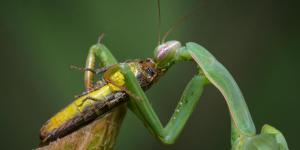
Praying mantises are some of the most fascinating and unique predators in the world. With their powerful front legs, camouflaged bodies, and lightning-fast reflexes, they are perfectly adapted to catching and eating a wide variety of prey. But what exactly do praying mantises eat, and how do they hunt?
In...

Cnidarians are a diverse group of aquatic animals that includes jellyfish, corals, sea anemones, and hydras. They are characterized by their radial symmetry, diploblastic body plan, gastrovascular cavity, and nematocysts. Cnidarians can be found in all marine habitats, from the shallowest coral reefs...
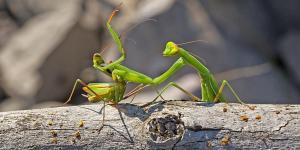
Picture a creature equipped with lightning-fast reflexes, razor-sharp claws, and an insatiable appetite. Meet the praying mantis, a captivating and formidable predator in the insect realm. Praying mantises are renowned for their intricate and distinctive reproductive process, including the intriguing phenomenon...
